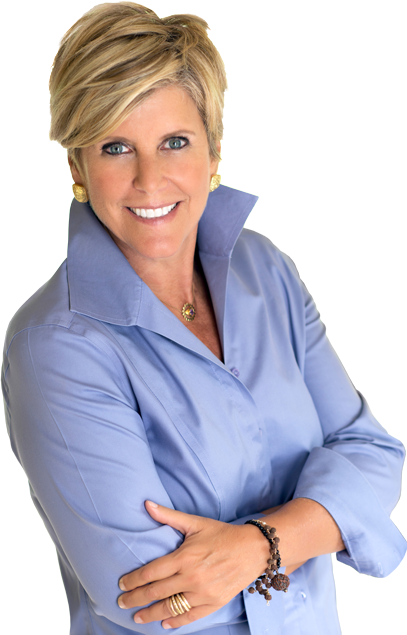Why Stock Market Volatility Shouldn’t Shake Your Strategy
April 17, 2025
If you’ve been paying attention to the U.S. stock market lately, you know it’s been down a bit. In mid April, major stock indexes had fallen 12% from their recent highs. That “correction” can be nerve-wracking, but this is where perspective is important too. The five-year annualized return is nearly 16%, and over 10 years the annualized return is nearly 12%.
The lesson, which many of you have learned firsthand from decades of investing, is to not let short-term turbulence steer you away from the long-term potential of stocks to deliver the inflation-beating gains to meet goals, such as retirement savings.
That said, you can, and should, make sure that you are being a super smart stock investor. And by that, I mean sticking with index mutual funds or exchange-traded funds (ETFs) for the core of your stock portfolio.
Both types of funds are known as “passive” types of investments. Passive because there is not a manager or team deciding what to own or sell. Rather, an index fund or ETF aims to track a given benchmark, such as the S&P 500.
And passive investing tends to outperform actively-managed funds. In its latest analysis of passive and active funds, Morningstar reports that fewer than 1 in 4 active funds did better than passive funds with a similar investment focus.
It’s not that active managers aren’t smart. Plenty are. But the bigger reason for indexing outperforming active comes down to the expense ratio. That’s the annual fee all funds and ETFs charge. It’s deducted from the fund’s performance, so you don’t even see it in your statement, but it’s a cost of investing. And index mutual funds (what typically is available in retirement plans) and ETFs (available at all the discount brokerages) have lower expense ratios than actively managed stock funds. The difference can be around 0.45 percentage points. That might seem small, but when you compound that fee over many years, it adds up.
Tune into my Women & Money (and everyone smart enough to listen) podcast to get my advice on the best index funds and ETFs. And for those of you who are interested in direct investments in dividend stocks, I also share my advice in the podcast and updates in my Women & Money app.






